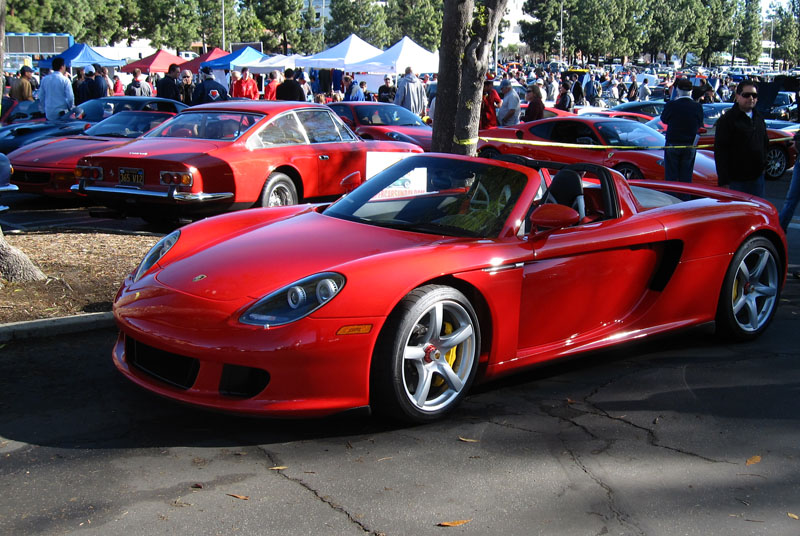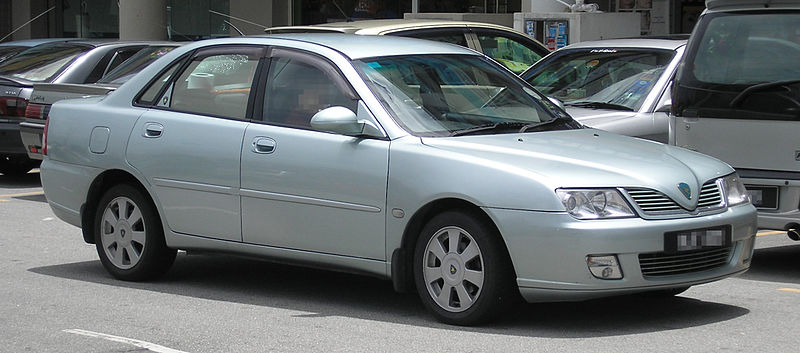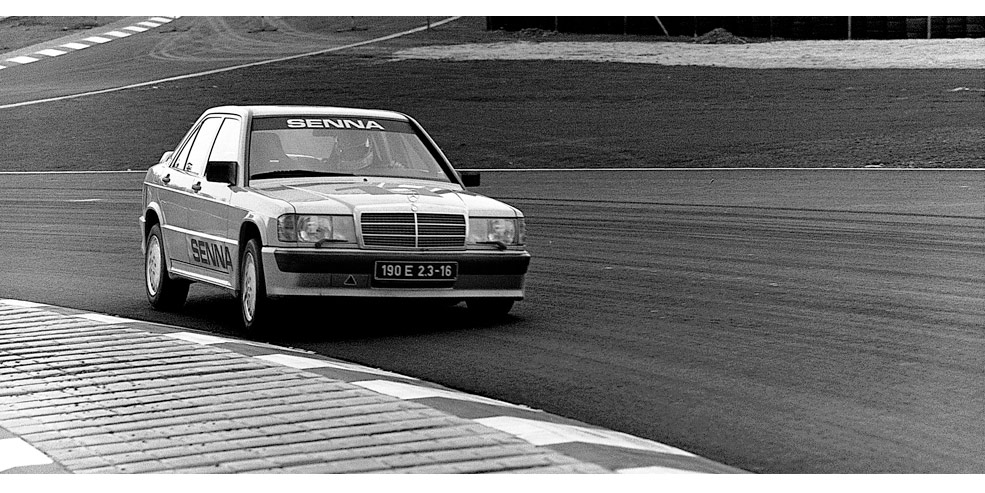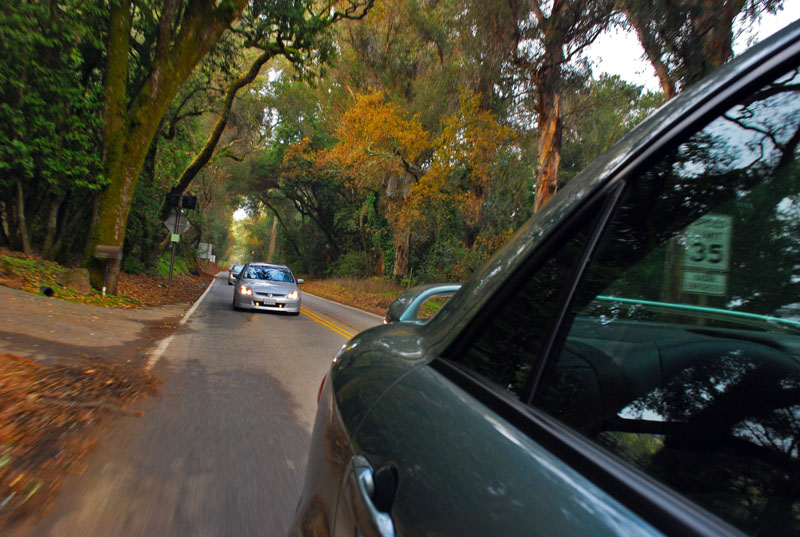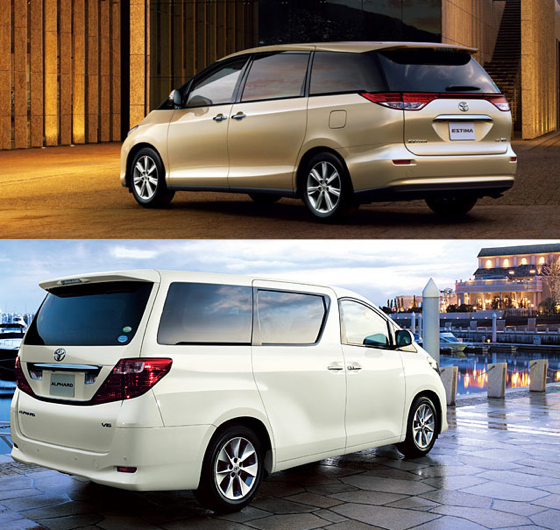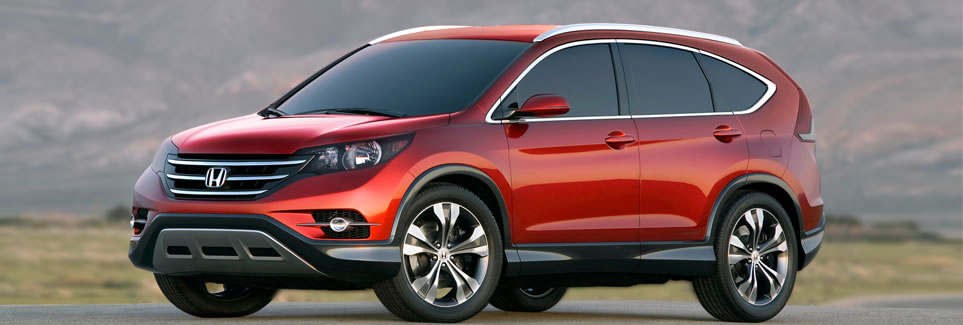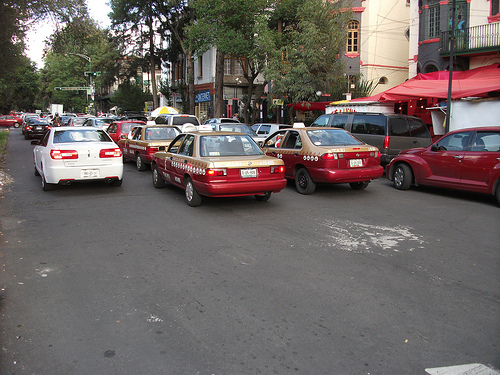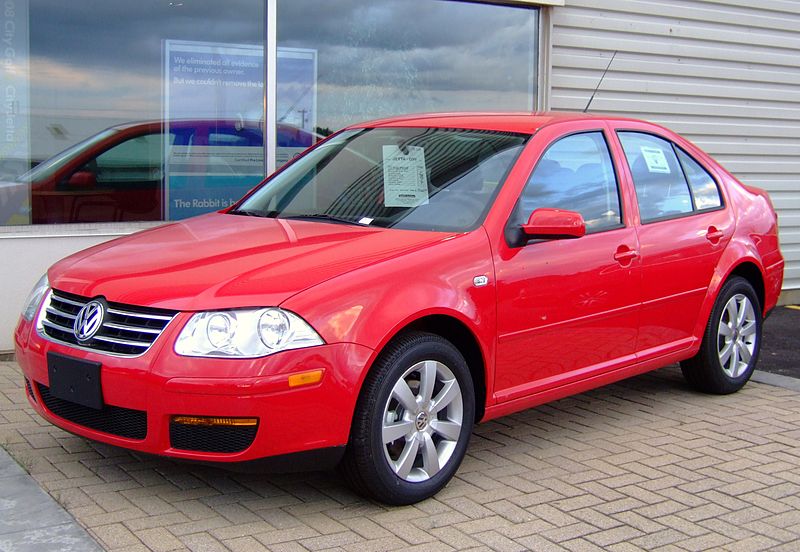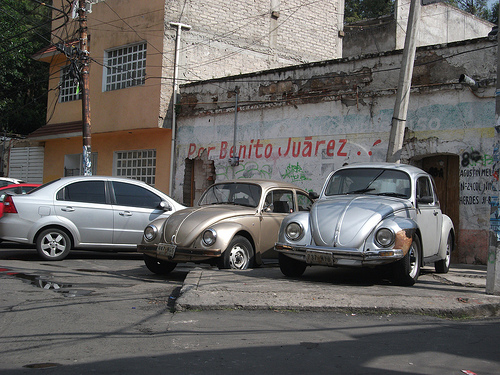We’ve made friends with fellow car blogger Matthew over at DriveCult. The site’s full of awesome car commentary and reviews, but what grabbed our attention is Matthew’s long term test of a Ferrari Daytona. Our inquisitive minds wanted to know what it was like to live the dream: driving around in a supercar everyday. So, we asked. And our friend delivered!
Tell us a bit about yourself.
My name is Matt, I live in West London and I’m an Accountant for a pharmaceutical firm in Slough (where the original UK version of The Office was set). I’m married to the wonderful Danielle. In my spare time I write for multinational car site DriveCult, usually about my Daytona, or classic cars in general.
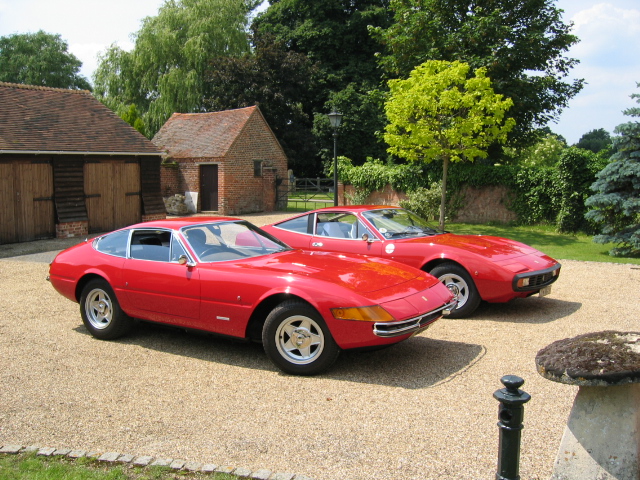
Matt's Ferrari Daytona alongside his dad's 365GTC/4
How’d you get into cars?
Like many people, I got into cars through my Dad who is a massive petrolhead like me. When I was young instead of reading comics I used to read my Dad’s copies of Motorsport and Classic cars magazines. The first car I ever rode in was an Aston Martin DBS Vantage that my Dad owned when I was born, nothing like starting young I guess.
What was your first car?
My first car was a Vauxhall Nova 1.3SR (also known as an Opel Corsa in many countries). I bought it because at the time, it was the only remotely sporty car I could possibly get insurance for (insurance premiums for males under 20 in the UK are enormous I think I paid over £1,000 just to insure it back in 1991). I kept that for a couple of years before going to University, at which point I got a larger Vauxhall Cavalier 1.6L. I had that for about two years before a jump to a new BMW 316i coupe (again insurance precluded getting a bigger engined version). I loved that car and kept it for about 4 years and around 45,000 miles. At 25, something rather more sporty was insurable and I traded the BMW for a Porsche 944S2. A brilliant car that was very expensive to run. I kept it that for around six years and forty thousand miles at which point it became just to uneconomic to run so I sold it (on ebay for rather more than it was probably worth) and brought another BMW 3 Series this time a 323i Cabriolet. A year later I wasn’t really using the BMW much so decided to sell it and go without a car for a short while (quite easy to do in London). I missed not having a car though, and brought Fiat Barchetta after couple of months. I kept that for a couple of years before deciding I needed a bit more power in my motoring, and traded it for an Audi TT 3.2 DSG. Fast, but a pudding when it came to handling.
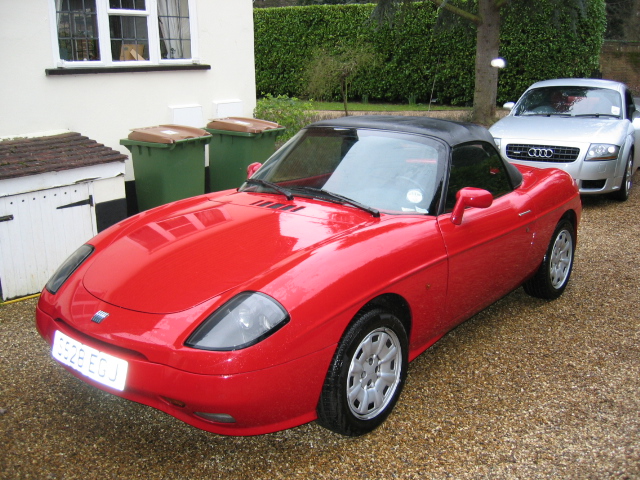
Matt's Fiat Barchetta
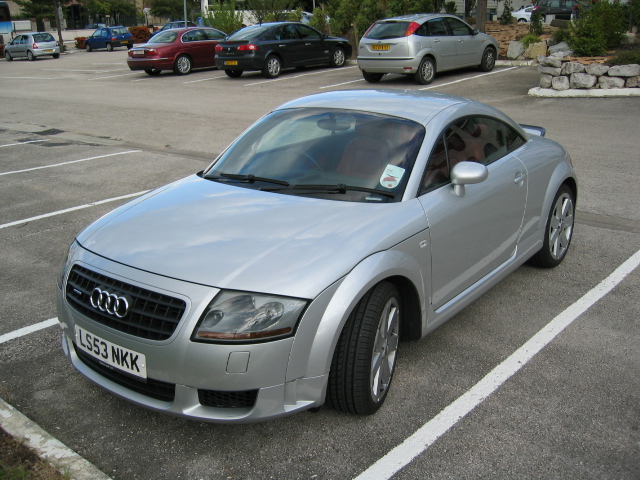
Matt's Audi TT 3.2 DSG
What’s in your current garage?
My company now gives me Alfa Romeo Mito (I sold the TT when I got this), boring little box of a car but it does do 40mpg how ever hard you drive it, and is an ideal size for London. When I want to play there is, of course, the Daytona.
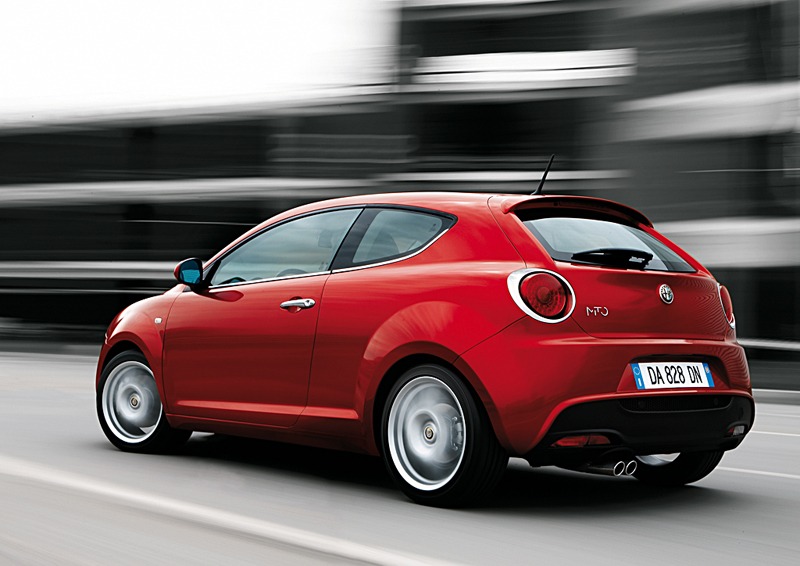
Alfa Romeo MiTo
With the background stuff out of the way, tell us about the Daytona!
Ha ha, I was wondering when you would get to the Daytona, or 365GTB/4 to give it its correct name. It was my Dad’s car he replaced the Aston with it a year after I was born (and the Daytona was also a year old for that matter). It was his first Ferrari and always my favourite one out of the twenty eight he has owned. Dad ran it as his everyday car for the first three years (and 30,000 miles) of his ownership. As all Italian cars did in those days the body started to corrode so Dad replaced it as his daily driver with another Ferrari a 365GT4 2+2 and set about having it restored for the first time. It was restored again in 1985 and then led a fairly quiet life as a classic until becoming mine when it and I were thirty (it became mine on the understanding I didn’t sell it and leave it for my kids). It was originally Dino Blue but Dad had it changed to Rosso Chiaro at the first restoration. It’s pretty much a standard car although the power steering unit from a Ferrari 400 has been added as it’s a pig at very low speeds otherwise.
There’s a lot of classics out there, what makes the Daytona special to you?
The sentimentality for my Daytona has a lot to do with my love for my particular car, but also it is an awesome car to drive. When it was new it was the fastest car in the world (independently verified) with a top speed of 175mph. It was also pretty much the best GT/Supercar you could buy with excellent handling good driving position and even a usable boot. The Lamborghini Miura may have been more outrageous looking but it has a dreadful driving position which would mean I could never drive one for more than a couple of miles. It is also said to not handle that well particularly at high speed due to front end lift. The only other real rival was the Maserati Ghibli which has a far inferior mechanical specification than the Daytona You can read for more detail on my thoughts on driving the Daytona on Drivecult.
How do you find a mechanic that you trust enough to work on it? Or do you end up doing the maintenance yourself?
I’m very lucky there, the Daytona shares its garage with my Dad’s car collection, which is currently a 2009 Ferrari California, a 1997 Ferrari 550 Maranello, two 1972 Ferrari 365 GTC/4s (one RHD and the other LHD), a Porsche 964 and a 1967 Iso Grifo GL300 currently undergoing restoration. All the cars are looked after by our mechanic Vince. He worked at Maranello Sales (the UK Ferrari importer in the UK until it was recently brought in house by Ferrari) for thirty years and also has done a couple of stints working for the McLaren F1 team. In my opinion he is the best classic Ferrari mechanic in the UK, if not the world, and the only man Dad has ever met in thirty seven years of being involved with the car who can set up the Daytona’s six twin choke Weber carburetors to run properly.
I’m completely useless when it comes to maintenance under the bonnet something I really should address although probably on something a little simpler to work on than the Daytona.
Sean asks: Do you have any specific tips (beyond regular servicing) to keep an old car in good shape?
The easiest way in my book to keep a classic in good shape is to use it. If I’ve had a month or so away and get into the Daytona, it is very grumpy particularly on starting from cold with fouled plugs and not firing on all twelve cylinders. After a few miles it gets better though. A lot of people forget that a car can deteriorate sitting still without all the fluids moving around the systems. I never understand why collectors want to pay a premium for low mileage cars, I bet they don’t drive as well as a similar car used regularly. I do try and use the Daytona as much as possible, but still never as much as I would like too. I have managed a few trips to France taking the car to the Le Mans classic in 2008 and again in 2010. I hope to do a similar tour with it again next summer.
Johnny asks: How many hours a month do you spend on upkeep?
I think I really covered that earlier, but with the Daytona servicing and other maintenance is on an as needed basis. Vince is suggesting an engine out overhaul this winter which be the first serious work the car has needed in a while. One of the advantages of the car being in the family since nearly new is that you know exactly what has been done to it over virtually its entire life, and keeping on top of things has meant it has been contrary to what you might expect it is a very reliable car.
Congratulations on your recent marriage, what does the missus think of your car hobby?
Thank you, she’s cool with it actually. Her Dad is a petrolhead and fan of Corvettes (my wife is American) so it’s something she’s used too. She is not keen on the smell of petrol the Daytona can leave you with after a long journey though.



